How to connect a portable solar generator to an RV battery?
Gather the necessary equipment
To gather the necessary equipment, make sure you have a portable solar generator, RV battery, solar panel cables, and a charge controller. These items are essential for setting up a reliable solar power system. The portable solar generator will provide the necessary power, the RV battery will store the energy, the solar panel cables will connect the solar panels to the generator, and the charge controller will regulate the charging process. With these components, you’ll be well-equipped to harness solar energy efficiently.
Position the solar panels
To position the solar panels for maximum sunlight, place them on the roof of the RV. Ensure that the panels are installed in a location where they are unobstructed by shade or other objects that could block sunlight. This will allow the panels to receive the most sunlight and maximize their energy production.
Connect the solar panels to the charge controller
To attach the solar panel cables to the charge controller, follow these steps:
- Locate the solar panel input terminals on the charge controller. These terminals are usually labeled as “PV In” or “Solar In.”
- Strip the ends of the solar panel cables to expose the copper wires. Ensure that there is enough length to reach the charge controller.
- Insert the positive (red) cable into the positive terminal and the negative (black) cable into the negative terminal. It’s important to connect the cables correctly to avoid damaging the charge controller or the solar panels.
- Tighten the terminals securely using a screwdriver or the provided wrench. Make sure the cables are firmly connected to ensure a solid electrical connection.
For example, if the charge controller has two input terminals labeled “PV In,” insert the positive cable into the positive terminal and the negative cable into the negative terminal. Then, tighten the terminals securely with a screwdriver.
By following these instructions and referring to the manufacturer’s guidelines, you can successfully connect your solar panels to the charge controller.
Connect the charge controller to the portable solar generator
To connect the charge controller to the portable solar generator, you will need to use the appropriate cables. First, locate the input terminals on both the charge controller and the generator. Then, simply connect the positive (+) terminal of the charge controller to the positive (+) terminal of the generator using a positive cable, and do the same for the negative (-) terminals using a negative cable. Ensure that the connections are secure and tight. This will allow the charge controller to regulate the flow of power from the solar panels to the generator effectively.
Connect the portable solar generator to the RV battery
To connect the portable solar generator to the RV battery, follow these steps:
- Prepare the generator: Ensure that the portable solar generator is turned off and disconnected from any power source.
- Identify the terminals: Locate the positive (+) and negative (-) terminals on both the portable solar generator and the RV battery.
- Attach the positive terminal: Connect the positive terminal of the portable solar generator to the positive terminal of the RV battery. Make sure the connection is secure.
- Attach the negative terminal: Connect the negative terminal of the portable solar generator to the negative terminal of the RV battery. Ensure a tight and secure connection.
- Verify the connections: Double-check that all connections are properly secured and there is no loose wiring.
- Turn on the generator: Once the connections are secure, you can turn on the portable solar generator and start utilizing its power to charge the RV battery.
Remember to refer to the user manual of your specific portable solar generator and RV battery for any additional instructions or precautions.
Turn on the portable solar generator
To start charging the RV battery, simply switch on the portable solar generator. Locate the power switch or button on the generator and press it to the “on” position. Ensure that the solar panels are exposed to sunlight for optimal charging. Once the generator is turned on, it will start harnessing solar energy to charge your RV battery.
Monitor the charging process
To monitor the charging process, keep an eye on the charge controller to ensure that the battery is being charged properly. Check that the charge controller shows a steady increase in voltage and current as the battery charges. If the voltage and current levels remain stagnant or fluctuate irregularly, it may indicate an issue with the charging process.
Disconnect the solar generator when not in use
To disconnect the solar generator when not in use, follow these steps:
- Turn off any appliances or devices connected to the solar generator.
- Locate the solar generator’s connection cables.
- Disconnect the positive (+) cable from the RV battery first, followed by the negative (-) cable.
- Ensure that the cables are safely secured and not dangling or touching any metal surfaces.
- Store the solar generator in a cool, dry place away from direct sunlight.
By following these steps, you can prevent the solar generator from draining the RV battery when not in use and ensure its longevity.
Maintain and clean the solar panels
Regularly clean the solar panels by gently wiping them with a soft cloth or sponge dipped in a mixture of mild soap and water. Avoid using abrasive materials or cleaning agents that may damage the panels. After cleaning, inspect the panels for any signs of damage such as cracks or loose connections, and report any issues to a professional for further assessment and repair if necessary.
Wrapping it up
In conclusion, connecting a portable solar generator to an RV battery is a great way to harness the power of the sun while on the road. We have covered the key steps in this guide, highlighting the importance of proper connection and maintenance. By following these steps, you can ensure that your portable solar generator operates at its highest efficiency, effectively charging your RV battery and providing you with the power you need. Remember, a well-maintained solar generator can significantly enhance your camping experience by providing a reliable and eco-friendly source of energy. So, go ahead and enjoy the benefits of solar power on your next RV adventure!
Essential Equipment
Efficient Power Solutions
Getting the most out of your portable solar generator for RV
- Position the solar panels: Place the solar panels in an area that receives maximum sunlight exposure throughout the day. Make sure they are angled towards the sun for optimal efficiency
- Connect the solar panels: Connect the solar panels to the portable solar generator using the provided cables. Ensure that the connections are secure and tight to avoid any power loss
- Set up the battery: If your portable solar generator has a built-in battery, make sure it is properly connected and charged. Some generators may require initial charging before use, so refer to the manufacturer’s instructions
- Plug in your RV appliances: Once the solar panels are connected and the battery is set up, you can now plug in your RV appliances directly into the generator’s outlets. Make sure to check the wattage and compatibility of your appliances with the generator to avoid overloading
- Monitor and maintain: Keep an eye on the solar generator’s display panel or indicators to monitor the battery level and power output. If needed, adjust the position of the solar panels to maximize sunlight exposure. Additionally, clean the panels regularly to remove any dirt or debris that could affect their efficiency
- Remember, it’s always essential to consult the user manual provided with your specific portable solar generator for detailed instructions and safety guidelines. Happy RVing!
Answers to all your questions about portable solar generators for RVs
How durable are portable solar generators for RVs?
Portable solar generators for RVs can vary in durability depending on the specific model and brand. However, in general, they are designed to be robust and withstand the rigors of outdoor use. Most portable solar generators are built with durable materials such as sturdy plastic or metal casings, which protect the internal components from damage.
These generators are also designed to be weather-resistant, meaning they can handle exposure to rain, snow, and other outdoor elements. Some models even have reinforced frames or handles for added durability and ease of transport.
It’s important to note that the durability of a portable solar generator can also depend on how well it is maintained and taken care of. Regular inspections, cleaning, and following the manufacturer’s guidelines for usage and storage can help prolong the lifespan and durability of these devices.
Overall, while the durability of portable solar generators can vary, they are generally built to withstand the demands of outdoor use and provide reliable power for RVs.
Are there any size or weight restrictions for portable solar generators for RVs?
Yes, there are generally some size and weight restrictions to consider when it comes to portable solar generators for RVs. These restrictions may vary depending on the specific RV and its capacity to handle the weight. It is important to keep in mind that larger and heavier generators may require additional storage space and can impact the overall weight and balance of the RV. Additionally, some campgrounds or RV parks may have their own restrictions on generator sizes or noise levels. Therefore, it’s essential to check with the manufacturer’s guidelines and consult with your RV manufacturer or dealer to ensure that you choose a portable solar generator that meets the weight and size limits of your specific RV model.

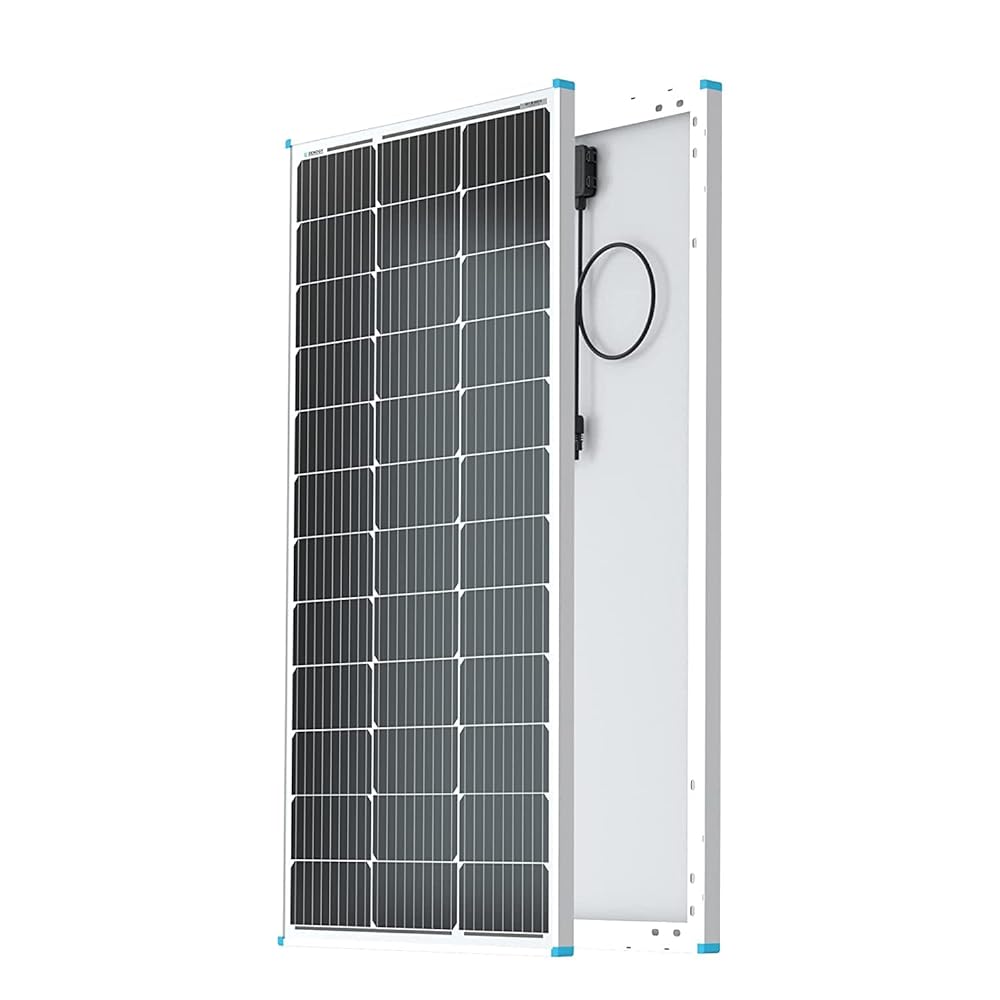
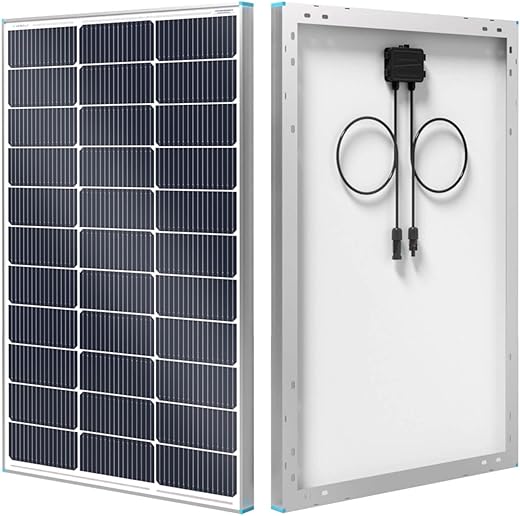

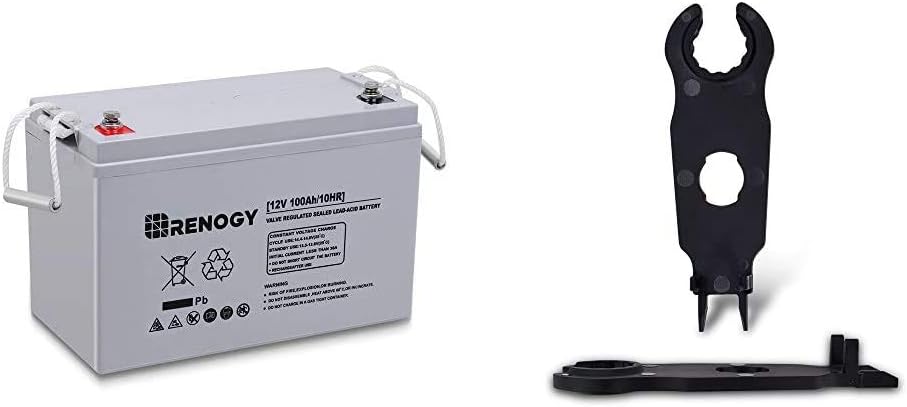


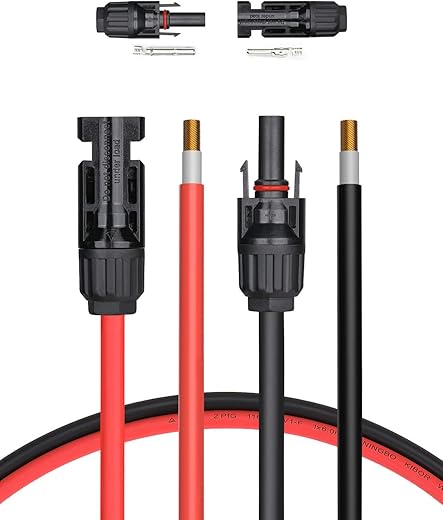








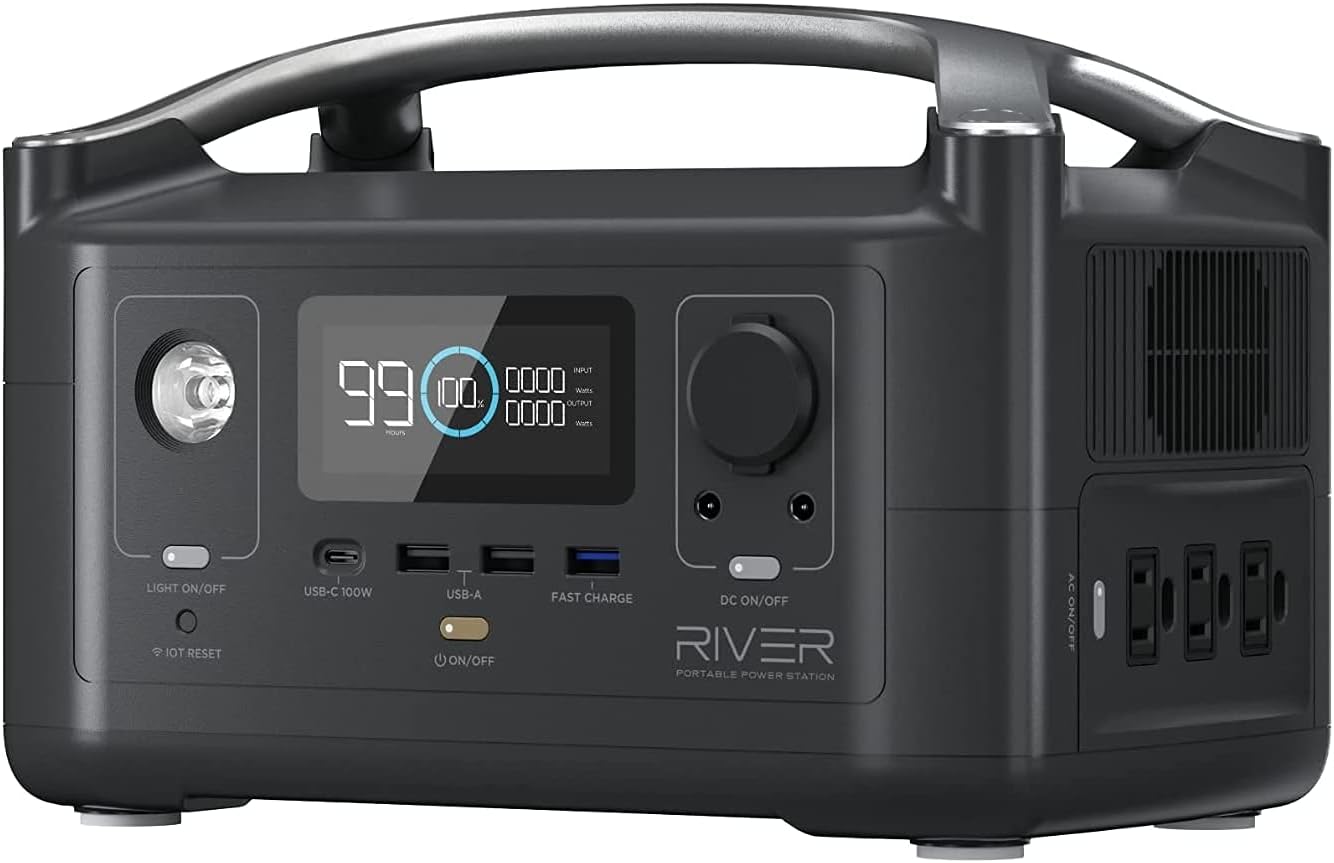
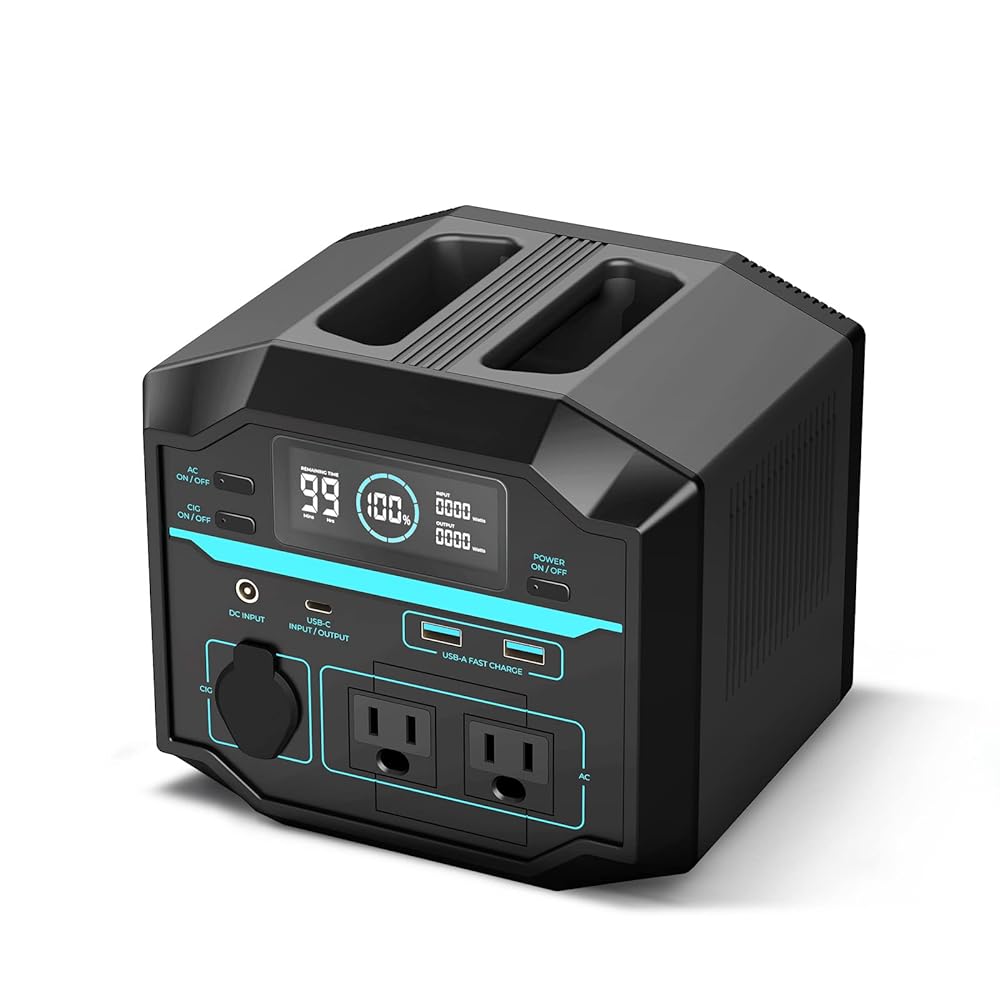
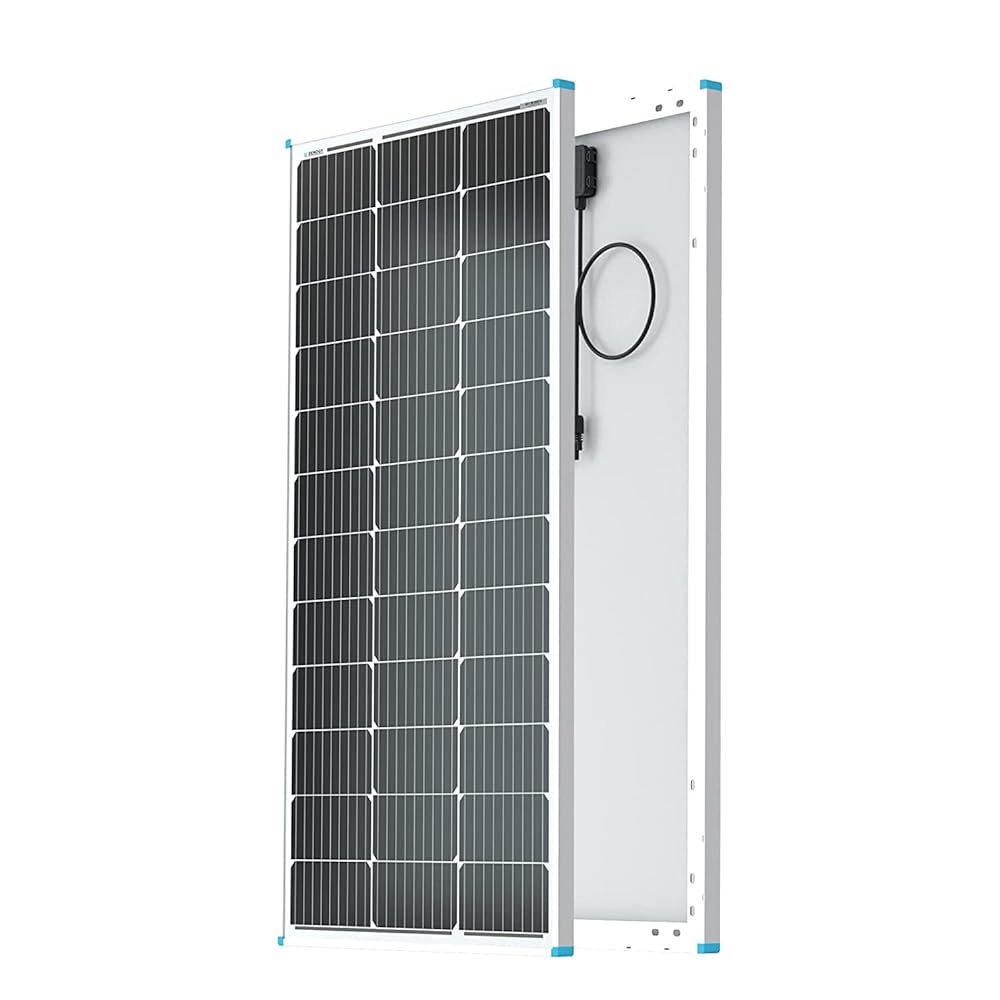
I never thought about using a portable solar generator for my RV. Definitely going to try it now!
I appreciate the step-by-step approach. Made it easy to follow. Thanks!
Is there a specific brand or model of portable solar generator that you recommend?
Great article! This was really helpful and informative. Thanks!
Do you have any suggestions for maintaining the solar generator and battery in good condition?
I have been looking for a guide like this for a while. Very clear instructions.
It would be great if you could include some safety tips or precautions when connecting the generator to the battery.